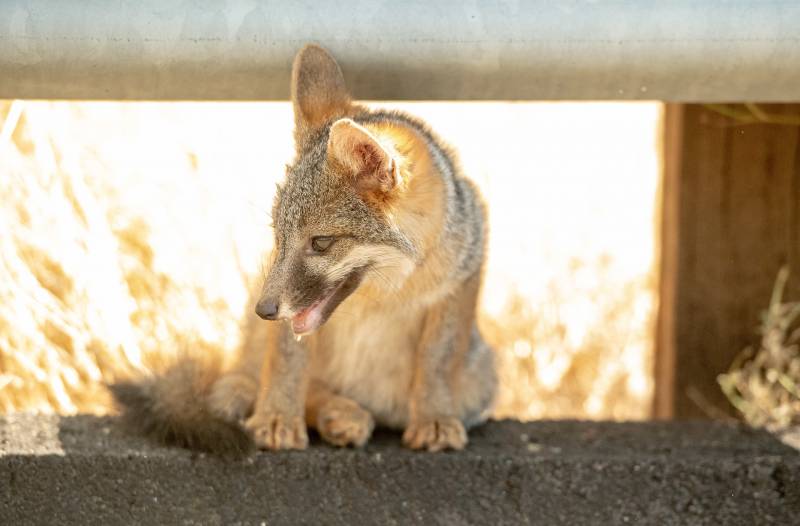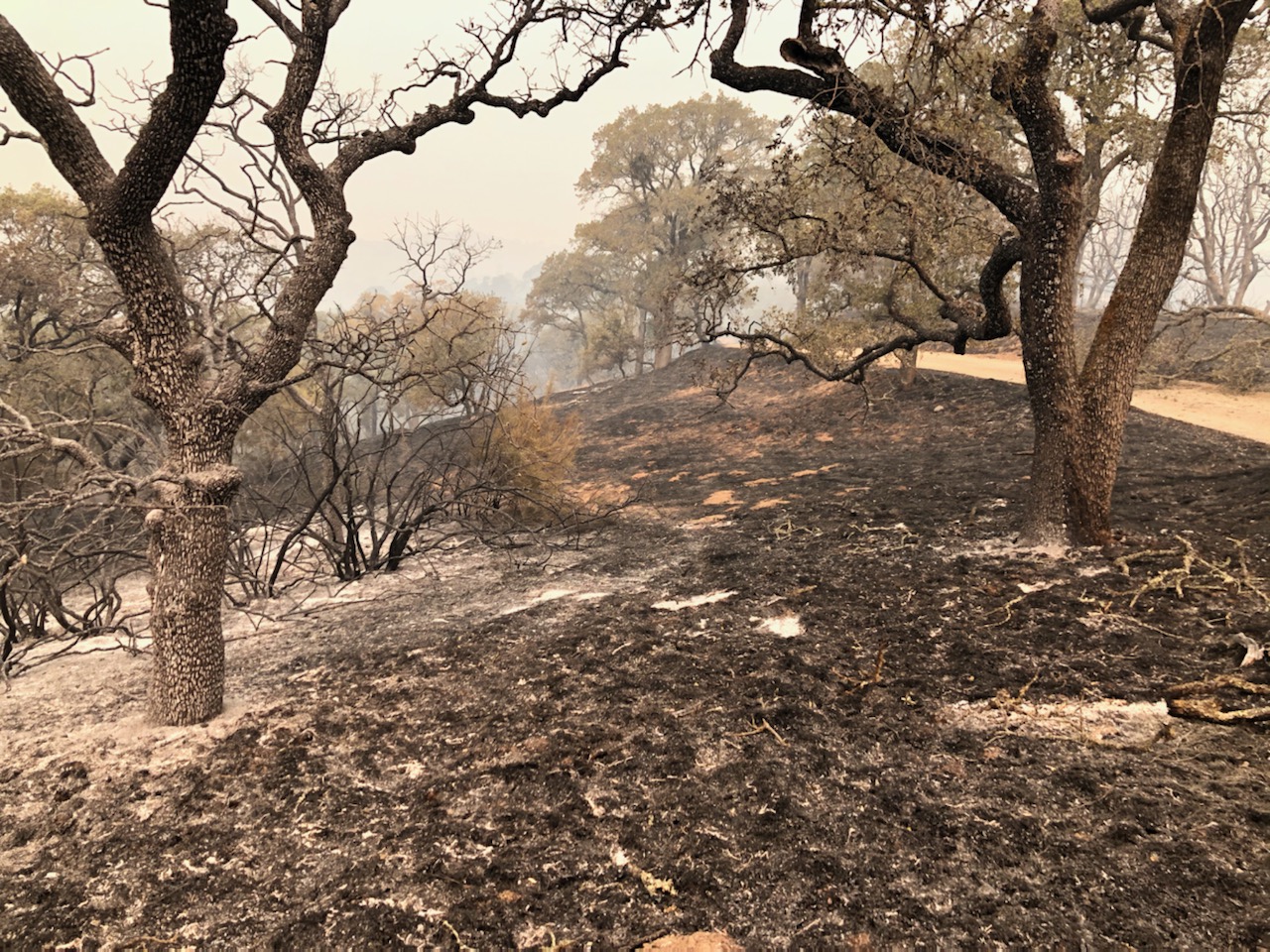At 5:33 a.m. on May 13, 2017, Steven Sergeant was standing at the edge of Mississippi Lake in Henry W. Coe State Park southeast of San Jose. The sun was just starting to peek over the horizon.
You could hear the morning chorus of birds, fish jumping in the lake, black-tailed jackrabbits beginning to stir. Sergeant set up his recording gear to capture it all.
Earlier this week, the area around that lake was engulfed by the massive SCU Lightning Complex wildfire. About 40,000 acres of Henry Coe burned, half of the entire park. That actually made Wes Gray, a natural resource manager for California State Parks, pretty happy.
“From the ecological standpoint,” he said, “I think the plants and animals are going to see a great benefit from this fire at Henry Coe.”
Gray said you couldn’t really have asked for a better fire, which can be hard to safely introduce in a state park.
“We’re always trying to reintroduce fire,” Gray said, “because all of the plant and animal communities in California are fire adapted.”


